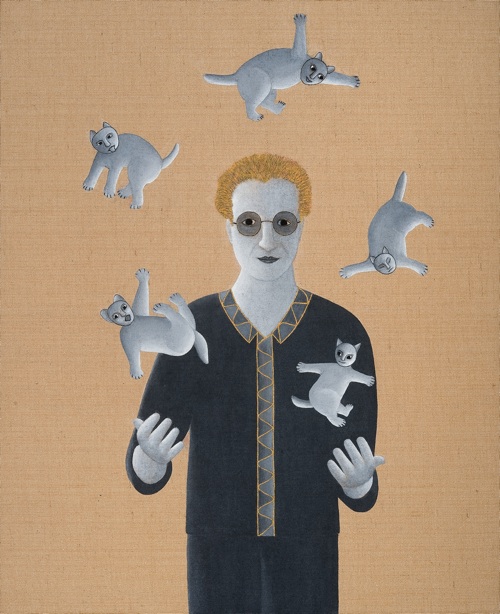In 1926, Erwin Schrödinger (1887-1961) published four papers that helped create a revolution in both quantum mechanics and chemistry. He won the Noble prize in 1933. Schrödinger’s passion for physics was matched by his passion for women and sex. He lived with his wife and mistress and had numerous affairs.
Quantum Mechanics is one of the great scientific and intellectual achievements of the 20th century. Every experimental test has confirmed the theory. It explains much of our modern technology and our view of the physical world. Schrödinger’s contributions played a major role in its discovery and development.
Schrödinger’s Cat is a thought experiment proposed by Schrödinger in 1935. It imagines a cat that might be alive or dead, depending on an earlier random event. It was created to illustrate the apparent conflict between what we observe about events in the human world and our observation of events in the atomic quantum world.
Schrödinger was responding to a prevailing interpretation in quantum mechanics, The Copenhagen Interpretation. It states an event in the quantum world only occurs when it is observed. The act of observation makes the event happen. Before the observation, the event is only a set of possibilities waiting to become a reality. Schrödinger somewhat playfully set up his experiment to demonstrate what he and Albert Einstein believed was the absurdity of this notion.

